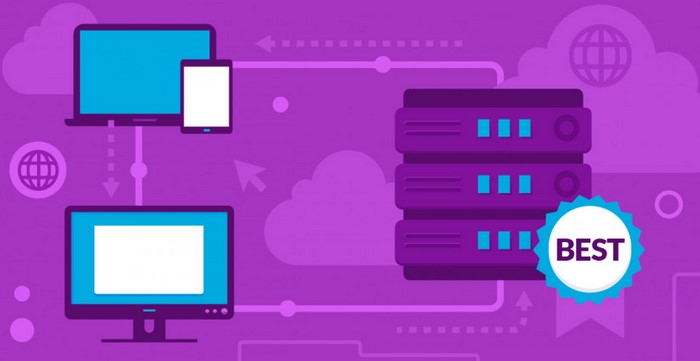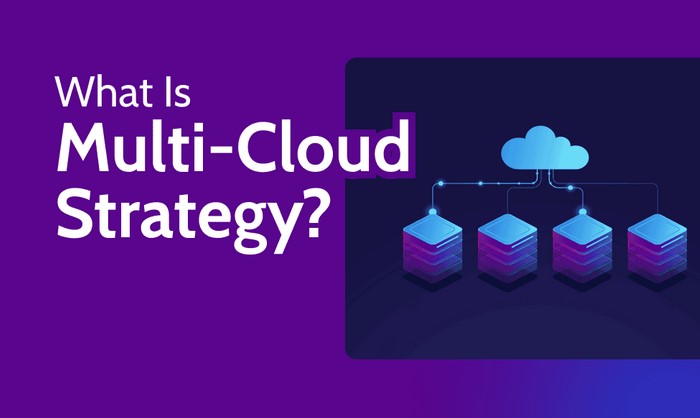
In today’s rapidly evolving technological landscape, Azure Cloud Services has become a cornerstone for businesses and developers worldwide. Microsoft Azure offers a comprehensive suite of tools, services, and applications that empower organizations to scale their operations, enhance security, and boost overall performance. As cloud computing continues to redefine how businesses operate in 2026, it is essential to understand the full scope of Azure’s offerings. This guide will explore the key features, benefits, and practical applications of Azure Cloud Services in the context of modern-day business requirements and technological advancements.
1. Overview of Azure Cloud Services
Azure, Microsoft’s cloud computing platform, provides a vast array of cloud-based services that help organizations build, deploy, and manage applications through Microsoft-managed data centers. Launched in 2010, Azure has grown into one of the leading cloud platforms, rivaling AWS and Google Cloud in terms of global adoption and capability.
Azure offers a mix of Infrastructure as a Service (IaaS), Platform as a Service (PaaS), and Software as a Service (SaaS), making it versatile for various use cases. These services enable companies to run applications, host virtual machines, store data, and create complex, scalable solutions without the need to invest in expensive physical hardware. In 2026, Azure’s cloud services are even more robust, offering cutting-edge tools in artificial intelligence (AI), machine learning (ML), and advanced analytics to streamline business processes.
Core Components of Azure Cloud Services
Azure is designed with multiple building blocks to cater to different needs within an organization:
- Compute Services: Virtual Machines (VMs), App Services, Azure Functions, and Azure Kubernetes Service (AKS) allow businesses to run their applications seamlessly with flexible resources and scaling capabilities.
- Storage Services: Azure Blob Storage, Azure File Storage, and Azure Disk Storage provide a wide variety of data storage options, from unstructured data storage to high-performance transactional databases.
- Networking Services: Azure Virtual Network, Load Balancer, and Azure ExpressRoute enable businesses to establish secure and reliable networks for their cloud applications.
- AI & Machine Learning: Azure Cognitive Services and Azure Machine Learning empower businesses to implement AI-driven solutions and automate tasks using data analytics and prediction models.
- Identity & Security: Azure Active Directory, Azure Security Center, and Azure Sentinel provide tools for managing access, monitoring, and safeguarding cloud resources.
These components work together to form a cohesive platform capable of supporting both small-scale projects and enterprise-level solutions.
2. Key Benefits of Using Azure Cloud Services in 2026
As organizations embrace digital transformation, they look for cloud solutions that offer not only power and performance but also flexibility and cost-efficiency. Azure Cloud Services stand out due to the numerous advantages they bring to the table.
Scalability and Flexibility
One of the most compelling reasons why businesses opt for Azure is its scalability. Whether you’re a startup needing a few virtual machines or a multinational corporation looking to run thousands of services globally, Azure provides the necessary flexibility to scale resources up or down based on demand. With Azure, you can easily add or remove resources in real-time, ensuring that your cloud infrastructure aligns with business needs at any given moment.
Security and Compliance
In 2026, data privacy and security are more important than ever, and Azure is equipped with cutting-edge tools to protect sensitive information. Microsoft Azure boasts an industry-leading security infrastructure, ensuring that your data is encrypted both in transit and at rest. With Azure’s built-in compliance tools, organizations can adhere to global standards such as GDPR, HIPAA, and SOC 2, making it easier for businesses to stay compliant while leveraging the benefits of the cloud.
Cost-Effectiveness
Azure’s pay-as-you-go pricing model offers significant cost savings compared to traditional IT infrastructure. With the ability to allocate resources as needed, companies can minimize upfront investment and pay only for what they use. In 2026, Azure’s advanced billing tools and cost management features allow businesses to track usage and optimize their cloud resources for maximum ROI.
Integration with Microsoft Products
Azure is especially attractive for companies already using Microsoft tools such as Office 365, Windows Server, and SQL Server. The seamless integration between these products and Azure’s cloud services streamlines workflows, reduces friction, and ensures greater productivity for businesses and employees.
3. Future Trends in Azure Cloud Services
Looking toward the future, Azure is poised to lead the way in several key technological areas. These emerging trends highlight the potential growth and evolution of Azure Cloud Services in 2026 and beyond.
5G and Edge Computing
With the rollout of 5G networks worldwide, edge computing is gaining momentum. Azure’s edge services, such as Azure IoT Edge, allow businesses to run applications and process data closer to the source of generation—whether that be IoT devices or mobile networks. This reduces latency, improves performance, and enhances real-time analytics, making it ideal for industries like healthcare, manufacturing, and autonomous vehicles.
AI and Automation
Azure’s AI and machine learning services continue to evolve, offering more sophisticated tools for data-driven decision-making. Azure Cognitive Services, including vision, speech, and language capabilities, make it easier for developers to integrate AI into applications. As we enter 2026, Azure will continue to advance in the realm of automation and intelligent systems, further transforming industries by providing predictive insights and operational efficiencies.
Quantum Computing
Though still in its early stages, quantum computing is poised to revolutionize many fields, including cryptography, material science, and optimization problems. Azure Quantum, Microsoft’s platform for quantum computing, is rapidly evolving. By 2026, it is expected that Azure will offer quantum solutions capable of tackling problems too complex for classical computers, further solidifying its role as a leader in cloud innovation.
Sustainability and Green Cloud Solutions
In line with global sustainability goals, Microsoft has committed to making Azure carbon-neutral by 2026. With initiatives like renewable energy use and carbon offsetting, Azure is focused on providing eco-friendly cloud computing solutions. As organizations face increasing pressure to reduce their environmental footprint, Azure will continue to be at the forefront of sustainable technology in the cloud.
As we look ahead to 2026, Azure Cloud Services will continue to be a vital asset for businesses seeking to modernize their operations, scale efficiently, and drive innovation. With its comprehensive set of tools, robust security features, and adaptability, Azure offers a future-proof solution for organizations across various industries. Whether you’re new to cloud computing or looking to expand your existing infrastructure, understanding the full capabilities of Azure will help ensure that you stay ahead of the competition. By leveraging the full potential of Azure Cloud Services, your business can thrive in an increasingly digital and data-driven world.




